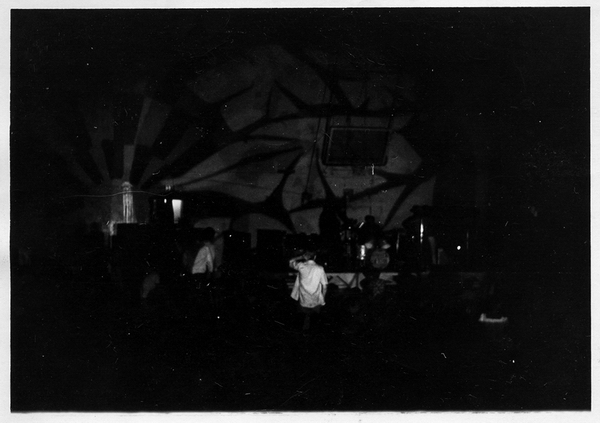Deadly Nightshade, Lightwave |
A (not so) Brief History of Deadly Nightshade Lightshow I started the Deadly Nightshade Lightshow in the fall of 1967. I was attending University of the Pacific (UOP), in Stockton, California. But the story begins way before that. Growing up on a ranch in the Central Coast area of California, I was always drawing and painting what I saw- or imagined. I listened to early Rock 'n Roll stations late at night, broadcast from Southern California and Tijuana, with DJ Wolfman Jack. In high school I designed one-off posters for our weekend folk dances. In 1965 my sister, living in Berkeley, sent me posters from clubs and dance concerts hosted by the Family Dog at the Avalon Ballroom. I was attracted by the art nouveau style of graphics and the concept of music and lightshows. When I started at UOP I met up with Brian Epps and Bob Pullum, who had a lightshow in Stockton called the Stockville Light Express. Brian asked me to design posters for dance-concerts he was doing in Stockton, and started schooling me on how to do liquid projections. My epiphany was realizing that lightshows were going to be my chosen art form for expression. Brian and Bob moved to San Francisco in the spring of 1967 and become Brotherhood of Light. They left the field open for a new lightshow in Stockton. Demand was already established, and we were able to perform regularly at a club on Harding Way starting in the fall of 1967. In 1967 and 1968, Deadly Nightshade consisted of myself, Carolyn Bunch, Tom Stewart, John Bossi and Bob Kano. Our equipment was a couple of overhead projectors with 650 watt halogen lamps, six manual slide projectors, an old 8mm film projector, and various special effects devices for doing reflectives. We did shows at the UOP and towns around the San Joaquin Valley, but mostly at the club in Stockton. There were also many good local bands we performed with who had toured nationally to support recording contracts, among them the Family Tree, led by singer/guitarist Bob Segarini; The Epics and The Plague, a Beatles look-alike group. In the fall of 1968 I moved to San Francisco to major in Motion-Picture Production at San Francisco State College. It was the height of the student protest and anti-war movement. Losing one's student deferment was a ticket to Vietnam. Deadly Nightshade continued to work around the Bay Area, the San Joaquin Valley and in Stockton. Our personnel now included “Little” Ricky Mann, Don White, Trish Waggoner and John Bossi. I worked on connecting to the ballroom scene, getting to know promoters, musicians, and other lightshow artists, like Ray Anderson of the Holy See who became a mentor for me. Ray had a razor sharp wit and deep knowledge of media production techniques. Starting in 1969 Deadly Nightshade focused on performing more in the Bay Area, including Napa, Santa Rosa, Davis, Hayward, San Jose and San Francisco. Because we were new in the scene we made an effort to do anything we could for exposure and engagement. In the summer of '69 we played a regular gig at Monterey Peninsula College, working for a promoter named Alexandra Pratt. Every weekend we were performing with bands like the Grateful Dead, Santana, Aum, It's a Beautiful Day, Cold Blood, and Taj Majal. Mike Nave, a childhood friend from Los Angeles who had moved to Monterrey, served as our agent. Interspersed with the Monterey performances were shows at the new Family Dog on the Great Highway, including a show with the Light Artists Jam. The Jam was a result of months of meetings with the Light Artists Guild, pulled together by Jerry Abrams and Glenn McKay. The Guild was basically a networking organization, a loose group of regional lightshows gathering together with the goal of establishing a better pay scale for our work. My goal when I started Deadly Nightshade was to consistently work towards being the best lightshow around, differentiating ourselves by using only original graphics, building and hot-rodding our gear to make as bright and sharp an image as possible. I wanted to incorporate more motion picture film into the show, as that was the medium I felt would give us the biggest edge over our competition. Going to film school gave me access to some good production equipment and the films I produced for the lightshow I could use for getting my degree. The professors were not always happy with my “experimental” films, but getting that degree made a professional career in video production possible later in life. I was also exposed to “broadcast quality” video for the first time: the school had a production studio on campus complete with cyclorama, lighting grid, 2” Ampex Quad tape machines, big GE studio cameras, and a full control room. I was able to do a lightshow in the TV studio with a rock band, using a rear-projection screen, and see the interesting results of generating a feedback loop of our images, another source for imagery nobody else was doing. In 1970 Don Nguyen, a filmmaker I met at SF State, joined Carolyn Bunch and myself as the final iteration of our crew. We continued to work with bands all over the area but focused on touring with Quicksilver Messenger Service. We designed an album cover for them, (never used) but we did develop a strong relationship with the band. Always one of my favorite original San Francisco Sound bands, Quicksilver eventually brought us along on a tour around Southern California, which was interrupted briefly by the Sylmar earthquake. Starting in 1970, we incorporated stage lighting into our productions so we could work more closely with bands and get more gigs. When I first met Scott Piering, he was part of a production company with two other guys - Larry Rougge and Tony Berardini- who started in San Diego successfully promoting rock concerts, moved to San Francisco and started working with Alexandra Pratt. One interesting gig was going to Mexico City with the Tower of Power in March 1970 for a two-week run at Maxim's, a club in a posh neighborhood. We were closely scrutinized by the Federales at all times. Our host and the show's promoter, Mario Olmos, was jailed as we were leaving the country for his defiance of government regulations. Another good show was with the Kinks, organized by Scott Piering for a performance at UC Davis. Scott moved on to work independently promoting shows. I worked with Scott to design all his show posters and do the lightshow and stage lighting. The last show we worked on together combined Deadly Nightshade with a trio that included a Moog synthesizer and a contemporary dancer in a show we called "Synchronicity" and performed at the Palace of Fine Arts theatre in San Francisco, in the spring of 1972. Any off weekend that I didn't work on Deadly Nightshade gigs, I had the privilege of joining the Brotherhood of Light, jamming with my 16 mm projectors and film loops at the Carousel Ballroom/Fillmore West. When the Brotherhood went through some personnel issues Bob Pullum moved to San Rafael and started performing lightshows at the Pepperland ballroom. I joined him often and worked on many shows in what was by far the most difficult live performance situation I ever worked- lying on a platform above the audience, with barely enough clearance to run the 16mm projectors in the rewind position. To see the screen we had to contort ourselves and peer through the rafters. By this time I was making quite a few lightshow films and loops, so having a rewind option during performances was essential. In June 1971 I graduated film school and that spring, Deadly Nightshade teamed up with Sound Genesis, a high end audio studio based at the 759 Harrison building south of Market Street. Sound Genesis had access to one of the three original Moog synthesizers. They hired Dan LeBlanc, a San Francisco Symphony violinist, to be the Moog composer. The idea was to produce a multi-media traveling show with the Moog and some additional studio musicians on percussion and keys, all performed live with our Lightshow. We hired contemporary dancers to perform with us. Bob Pullum from the Brotherhood joined us for performances. Our first show with this group was at the Ashland Shakespeare Festival's Angus Bowmer theatre in August 1971. We followed that by producing an hour long show on KEMO Channel 20, a fledgling independent TV studio near Candelstick Park. We then staged a series of free spontaneous “street theatre” events (like a Flash Mob) around San Francisco which led up to presenting a weekend of live shows called “Synchronicity” in April 1972 at the new theatre in the Palace of Fine Arts Exhibition Hall. This was unfortunately our final performance together as Sound Genesis sold the Moog synthesizer. Opportunities for many lightshows began to dry up in the fall of 1971. Aside from the Moog synthesizer shows we were not able to generate much work for ourselves. Enthusiasm for lightshows was fading, perhaps due to a lot of similarities between shows and sometimes amateur work. I worked as stage lighting crew for a traveling show called the Alabama State Troupers, featuring Don Nix, Furry Lewis and mostly Area Code 615 studio musicians, produced by Scott Piering for Elektra Records. Working for Grunt Records put me in close contact with Bill Thompson, manager of the Jefferson Airplane and Hot Tuna. Jack Bonus band used the rehearsal studio in the basement of the Airplane House on Fulton Street. The Office Manager for the Airplane, Jackie Kaukonen, was a close friend of Joan Chase of the Heavy Water Lightshow. At this time, Heavy Water had taken over from Glenn McKay's Headlights, performing all the live Airplane shows, including their tour through the mid-west in 1972. Joan and I met, we were immediately drawn to each other, and Deadly Nightshade ceased to exist. Don Nguyen had started attending school to become a dentist. I bought out Carolyn Bunch, the remaining member of Deadly Nightshade, to maintain control of all the equipment. Heavy Water and Deadly Nightshade integrated all our gear and material, and started touring with the Airplane on their final US tour in September, 1972 as the Heavy Water Lightshow. The show personnel were Joan Chase, Mary Ann Meyer, myself and Gilbert Johnson, our trusty roadie. The highlight of that tour for me was two nights at the Hollywood Bowl, a photo of which is on the Airplane's final album, “30 Seconds Over Winterland”. Up next: a history of Heavy Water Lightshow. John Hardham - December 2020 (updates added January 2023) |
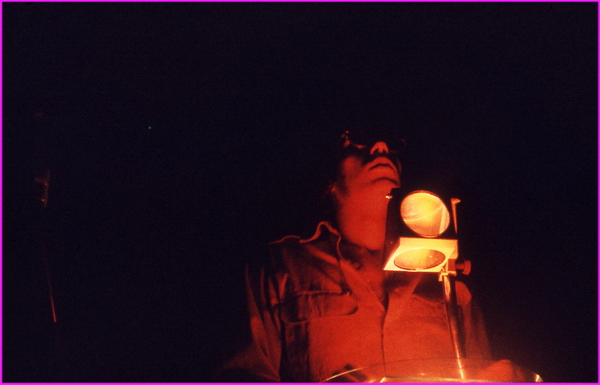 |
July 1968 |
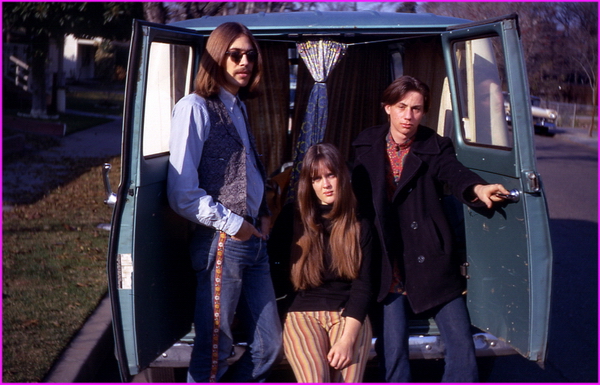 |
March 1969 |
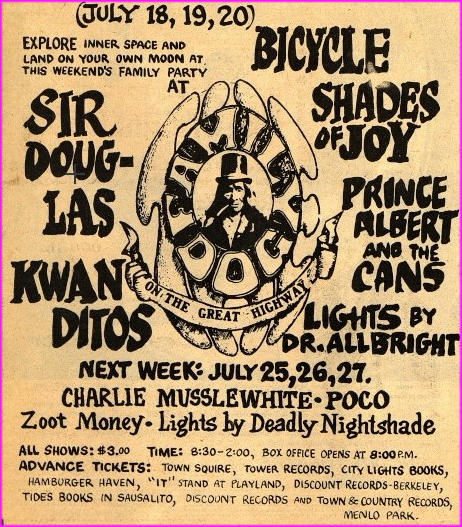 |
San Francisco July 1969 |
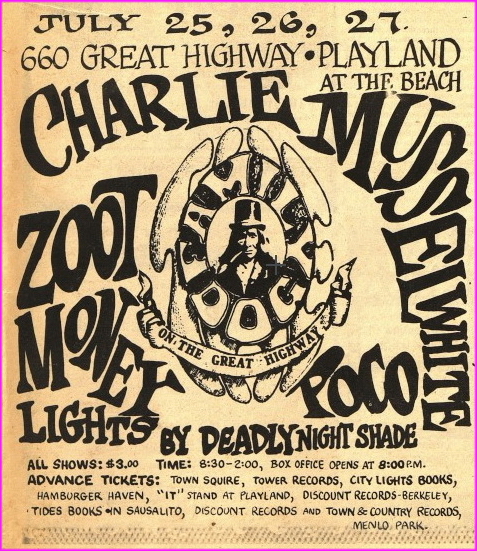 |
San Francisco July 1969 |
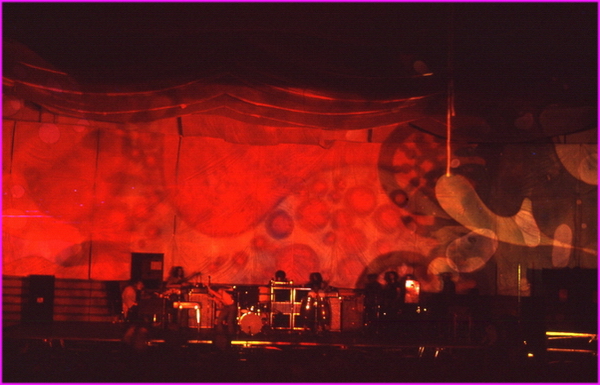 |
Monterey 1969 |
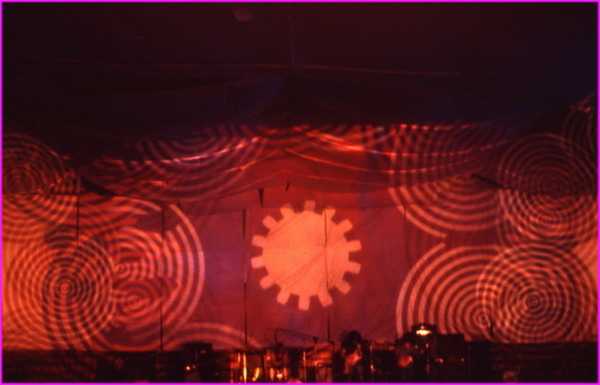 |
Monterey 1969 |
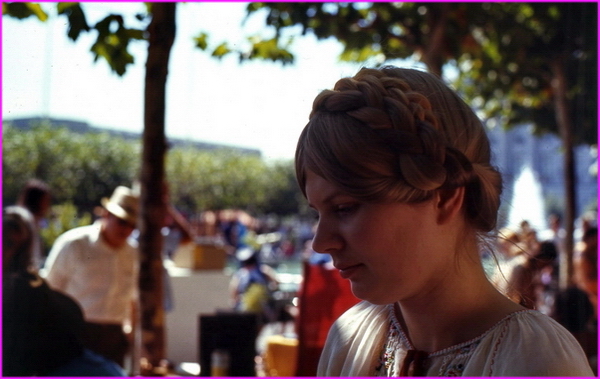 |
1970 |
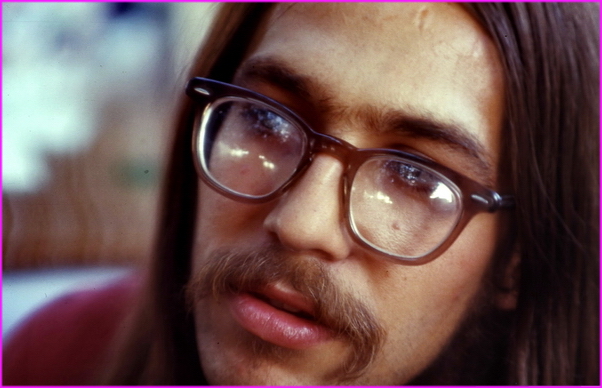 |
1970 |
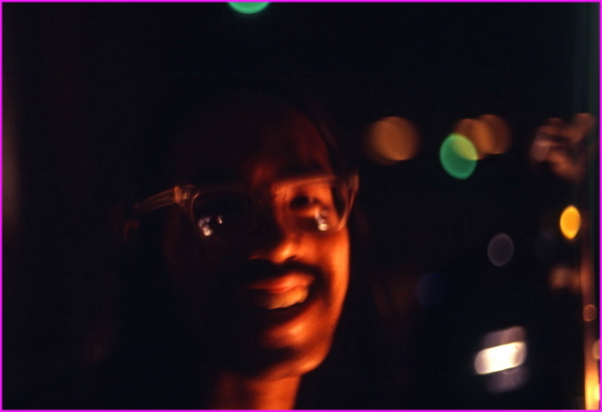 |
1970 |
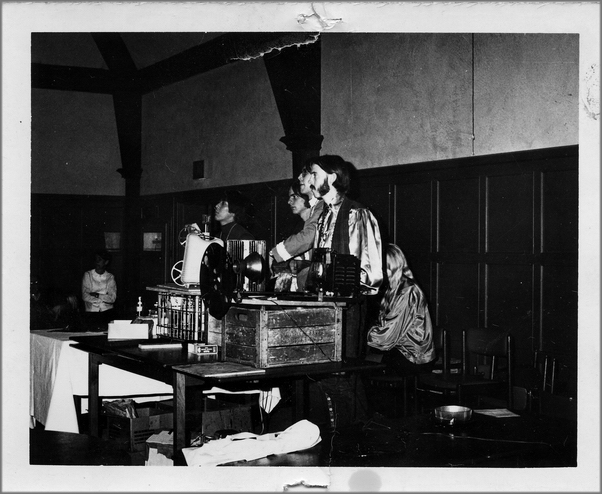 |
Fall 1967 |
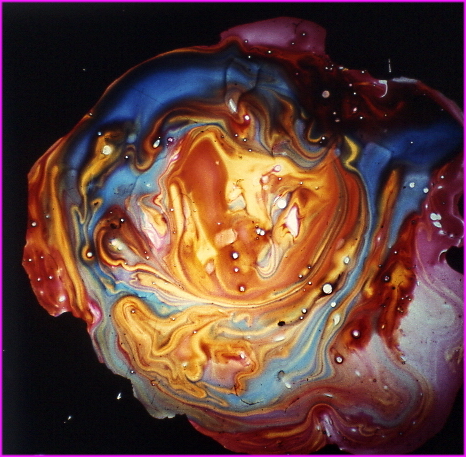 |
1970 |
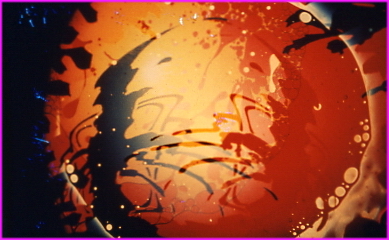 |
1968 |
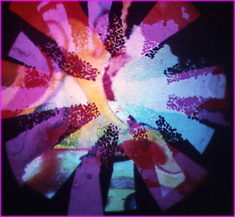 |
1965 |
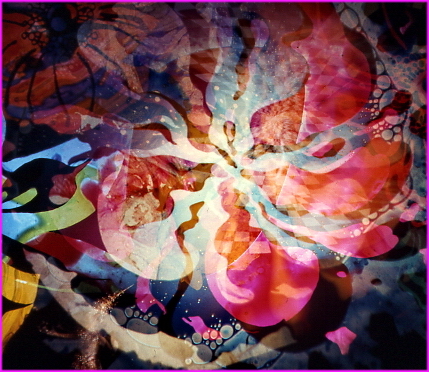 |
1974 |
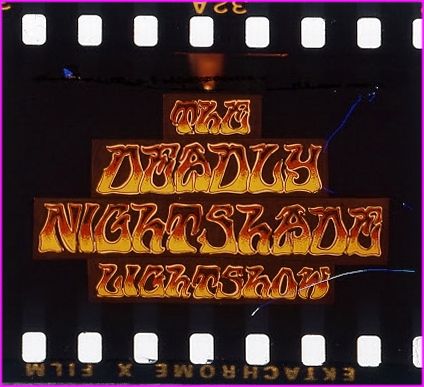 |
Logo 1969 |
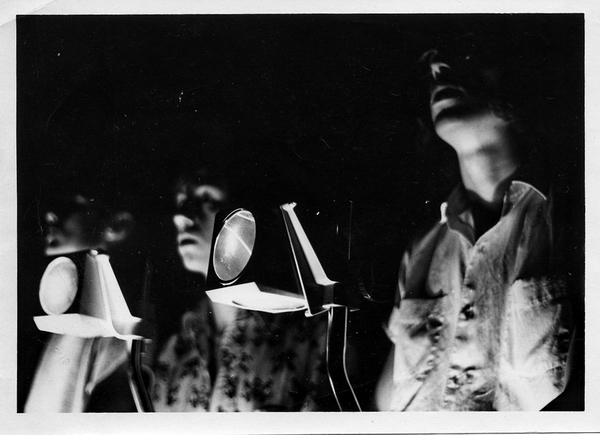 |
July 1968 |
July 1968 |
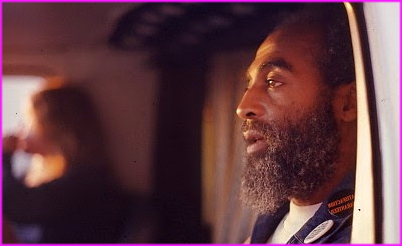 |
Eddie Adams 1972 |
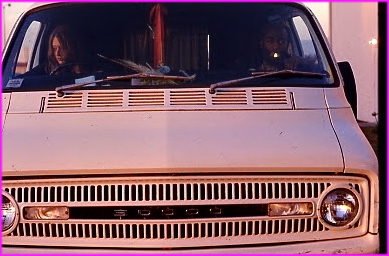 |
Eddie & Charlie 1971 |
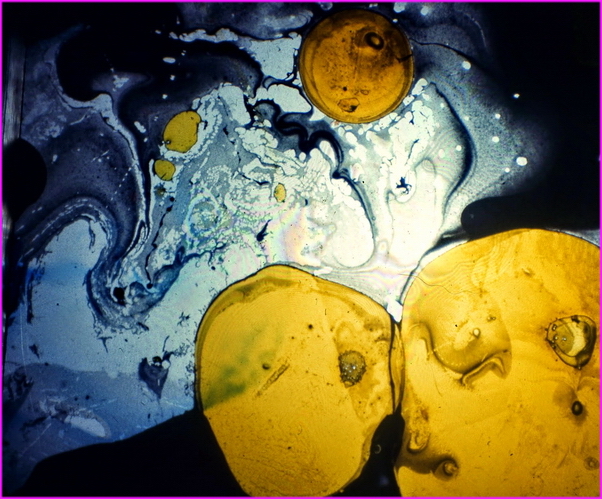 |
Float Slide 1969 |
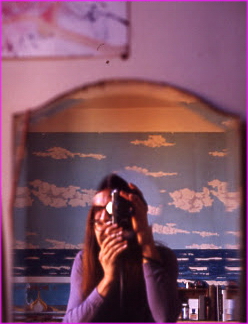 |
John Hardham 1972 |
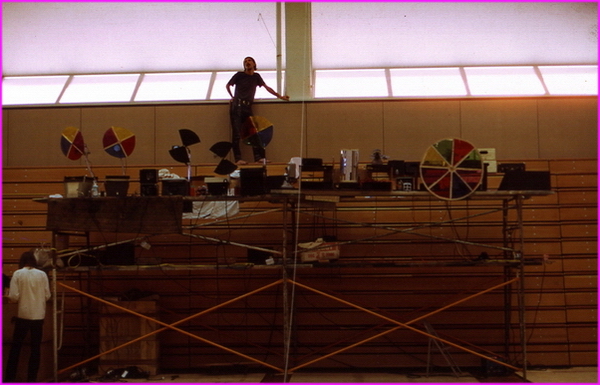 |
Monterey 1969 |
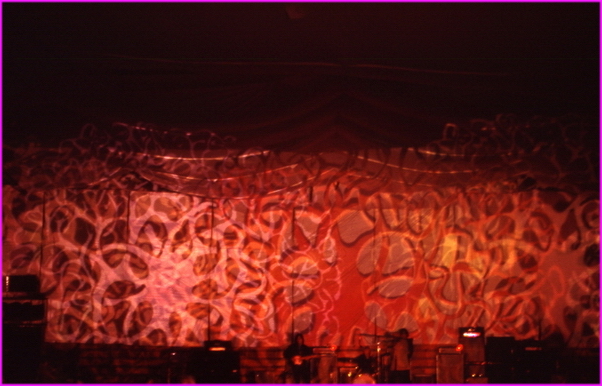 |
Monterey 1969 |
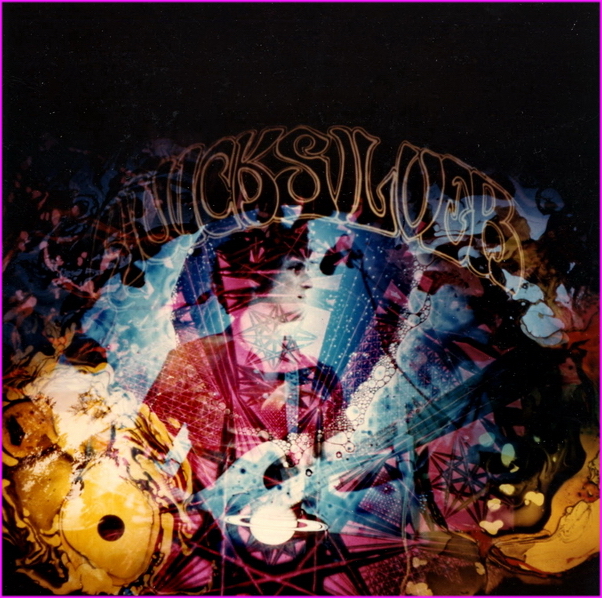 |
Quicksilver Album 1970 |
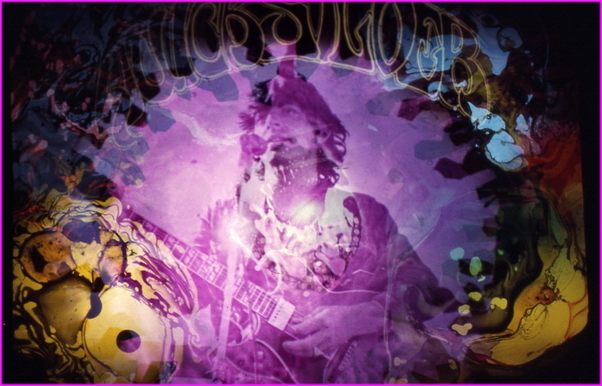 |
Quicksilver Album 1970 |
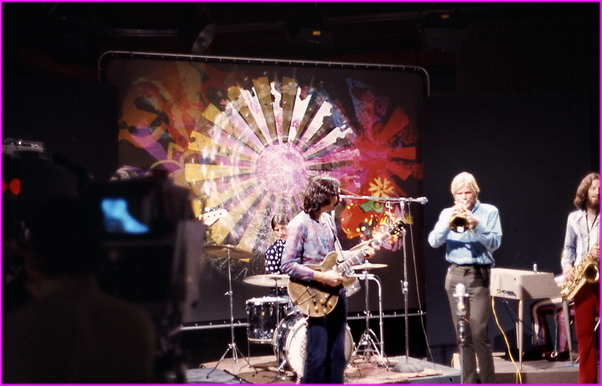 |
San Francisco State Video Test 1970 |
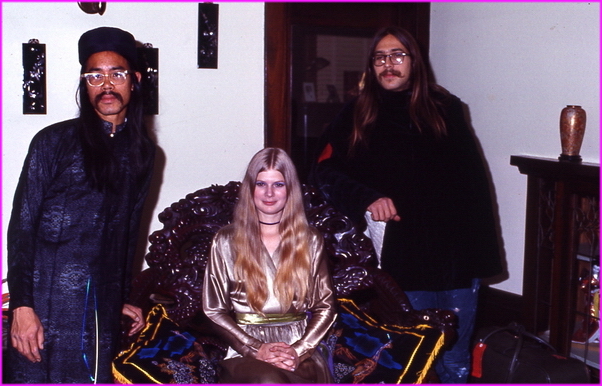 |
Don Nguyen, Carolyn Bunch and John 1970 |
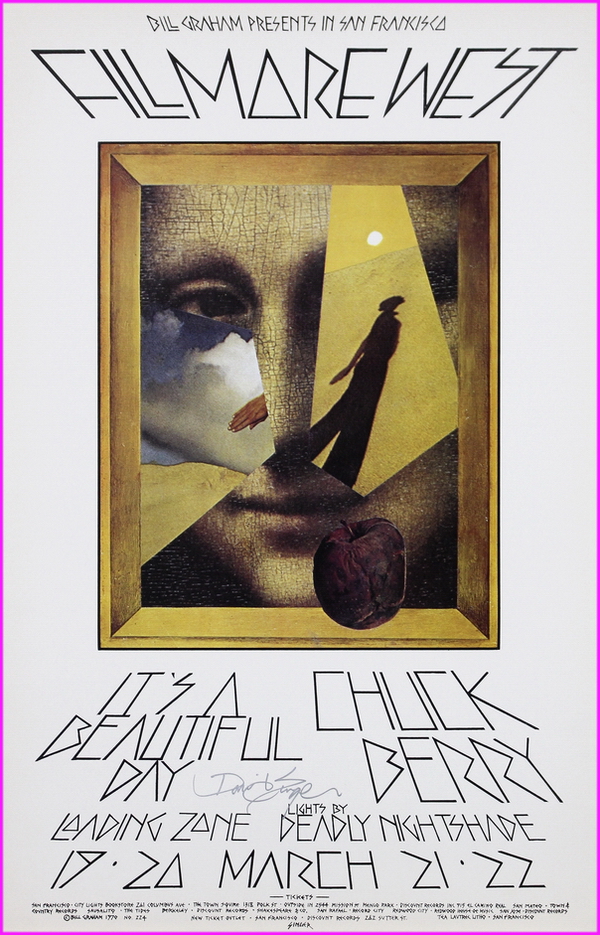 |
March 1970 |
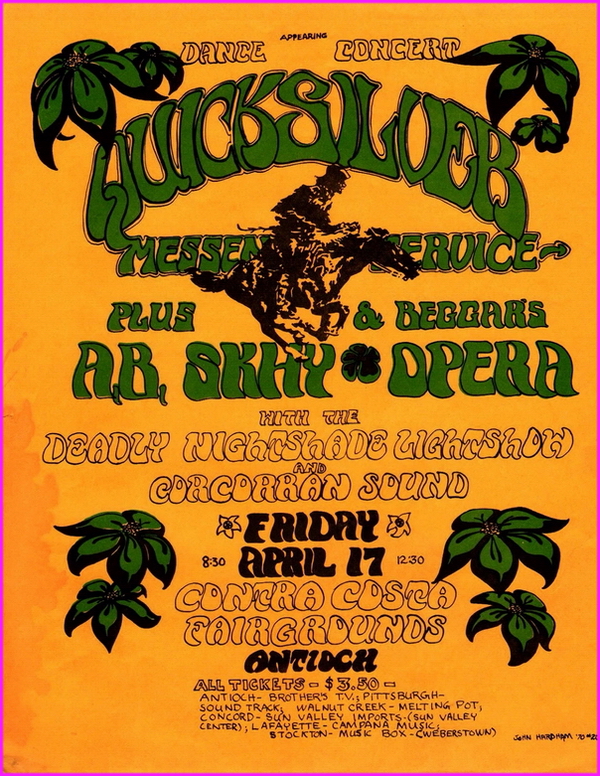 |
Quicksilver Messenger Service, A.B Skhy, Beggars Opera, Contra Costa Fairgrounds. April 17th 1971 |

